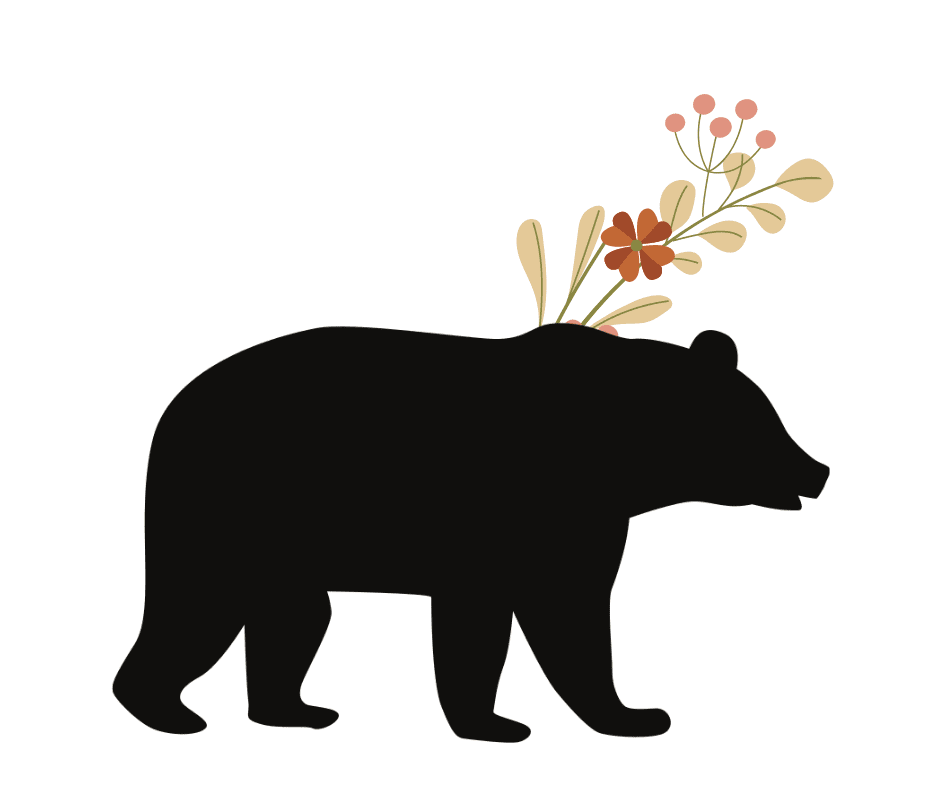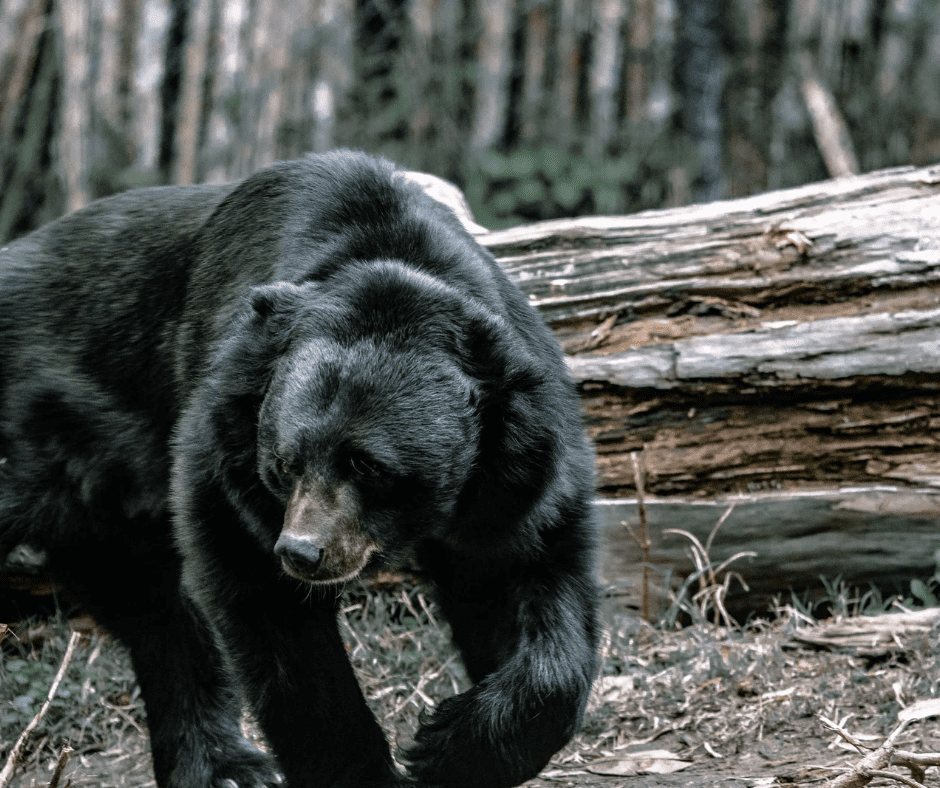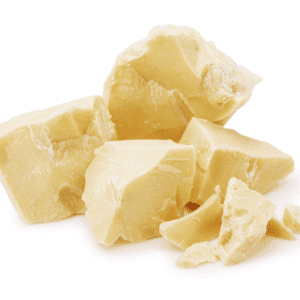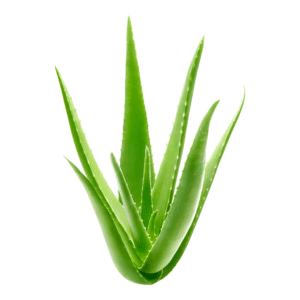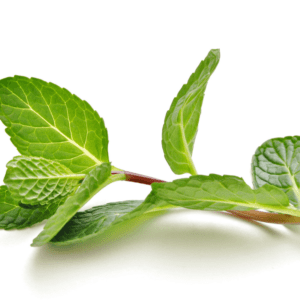Description
As a traditional medicine, bear fat has been considered sacred to most indigenous tribes throughout North America.
When a bear was harvested, the fat was used in many different ways to provide for the people. As a cooking grease, bear fat has a mild flavor and was great to use for frying and cooking. Today it is used in many baking recipes such as pie crust and pastries. The rendered fat also makes an excellent natural conditioner and was/is used for hair, skin, leather clothing and weapons.
Bear’s fat best quality however is its amazing medicinal power and the reason it is considered so sacred.
The fat of a bear provides anti-inflammatory and astringent properties that have been known to heal injuries and stop pain.
Traditional Uses:
• Muscle & Joint pain
• Strained Muscles & Tendons
• Nerve Pain
• IInflammation & swelling
• Psoriasis & Eczema
• Hair, leather and wood conditioner
This is a limited seasonal product
Ingredients
Rendered Wild Black Bear Fat, Organic Essential Oil Blend, Beeswax
2 ounce jar
Suggested Use
Apply as needed to area’s with inflammation and pain
All bear fat used in our remedies comes from what is considered nuisance bears. These animals are euthanized because they enter residential areas and neighborhoods. Here at HealthPrimitive we choose to honor these animals so that these “undesired parts” are not wasted.
Under no circumstances do we avocate killing bears for the fat. In fact, if you do that, the fat will not provide you any medicine at all. Never kill a bear unless you have gone through the proper legalization to do so.
Safety Considerations: Bear fat is considered safe, and although it does provide medicinal qualities, it is still simply grease.
Our product does contain an essential oil blend so do not use if you are allergic to essential oils. Speak to your doctor first if you are taking any medication, pregnant or nursing. View our disclaimer here.
Sources Below
To date, there has been no medical research performed on the use of bare fat for medicinal reasons. What we know of its use comes from oral tradition and personal experiences.
